
Getty Images/iStockphoto
5 real-world multichannel marketing examples
Companies with effective multichannel marketing focus on brand reach, message, consistency, engagement and experience. It's important to meet customers on platforms they prefer.
Top brands don't become recognizable from their products or services alone. They need to meet customers on their preferred channels.
These brands care strongly about the overall experiences of their clients and prospective customers, so they aim to create effective, engaging experiences with customers both online and offline. Companies want their content, marketing and advertising efforts to create a positive UX for their audiences. They also want prospective customers to see their content on search engines, blogs, emails, social media platforms, video and audio platforms, and traditional print or television that customers interact with every day. A multichannel marketing strategy fosters brand experience and engagement from loyal customers who crave personalized experiences. The strategy should be both subtle and aggressive to ensure the right marketing mix.
The brands described in this article use multichannel marketing strategies that include the following:
- Brand reach. To increase brand awareness, companies can expand their reach and advertise on the popular channels that customers use.
- Messaging. Marketers can predict success of a campaign based on how well the message resonates with the target buyer.
- Consistency. Companies must deliver consistent marketing messages across all channels that customers may use.
- Engagement. While websites, blogs and emails rely on content distribution for marketing messages, social media requires engagement with the prospective customers. Whether the prospective customer interacts with the content or the company engages with the customer, a personal and interactive experience can lead to long-term success.
- Experience. When prospective customers interact with a brand on multiple channels, those separate experiences should be tightly integrated and deliver a unified message.
5 examples of multichannel marketing
Whether a company is a global leader in its space or a small business, it can develop an effective multichannel marketing strategy. Here are five examples of companies that use multichannel marketing strategies. This list is not ranked.
1. Vrbo
Within the last several years, the short-term vacation rental market has expanded beyond hotels and resorts. More consumers rent homes and apartments from the owners through online rental marketplaces. Vrbo is not a new company for vacation rentals but is an example of how companies can evolve based on customer needs.
Vrbo distributes messages and user-generated content across social media channels to raise brand awareness and elicit strong emotions from people planning vacations.
Vrbo aims to align its social media engagement with its business goals and end-user needs, as well as enable customers to book trips from the website or mobile application. Vrbo also carries search queries across platforms. When customers research their next trips, Vrbo targets advertisements at customers based on their existing search criteria to encourage reengagement.
Once the host confirms the trip, email communication begins. This communication helps renters plan trips, provides details about rental terms leading up to rental date and offers communication channels directly with the hosts. Vrbo's research, booking and post-trip follow-up experiences together provide an example of a multichannel approach to engagement.
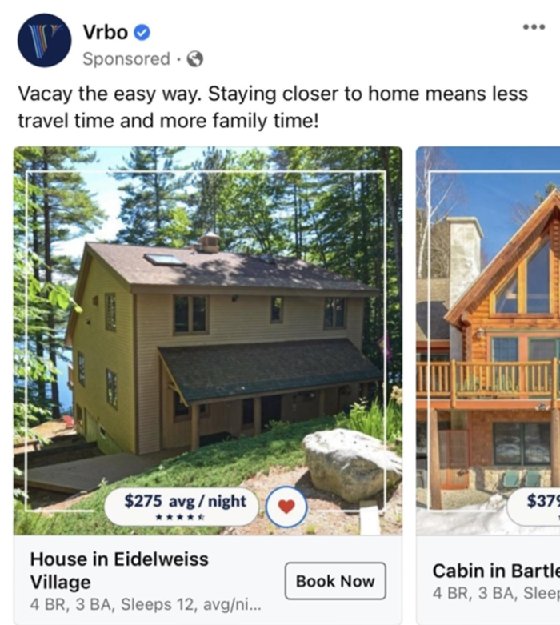
Key takeaways from Vrbo are the following:
- Website and application experiences enable people to plan vacations from various devices to reach and engage with customers where they are.
- The use of real-life experiences and content generated from customers can create more brand awareness on social channels and make trip planning more relatable.
- The use of targeted advertisements on various platforms can increase reengagement, brand reach, retention and loyalty from customers.
2. CVS
CVS offers a pharmaceutical experience within its website and mobile application. Customers can check on and fill prescriptions, register for COVID-19 testing and vaccines and handle other shopping or photo printing needs on either platform. The CVS digital channels create virtual in-store experiences for customers.
Customers can turn on in-app notifications, as well as enable text message notifications when photos or prescriptions are ready for pickup. CVS offers an online chat option for customers to speak with pharmacists, ask questions about products and find out the latest in-store deals across their product lines.
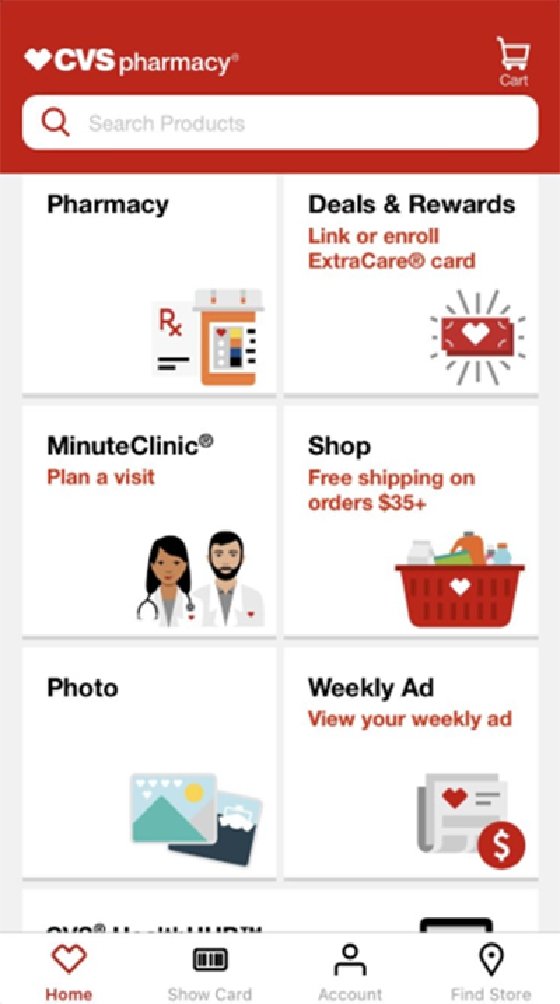
Key takeaways from CVS are the following:
- The replication of an in-store experience on digital platforms can increase brand reach and offers an integrated experience across channels.
- Convenience for customers should take precedence over solely in-store experiences.
- Communication across channels must have consistent messaging and reach customers where they are.
3. Apple
As buyer patterns changed over time and Apple saw most of its consumer electronics sales came directly from its website or third-party sites, Apple reinvented its in-store experience. While Apple's website and mobile application offer a place to purchase Apple products, it transformed its stores to offer hands-on product demonstrations, education and technical support.
When customers are ready to make a purchase, they can do so in-store, however they can also do so online or through the mobile application, which maintains all records from previous engagements. With more expensive products, a retail space where users can interact with and test out the electronics could lead to a future purchase, while digital platforms help customers complete their purchases if they do not buy the products in the store.
Apple is also well-known for visual messaging across channels. Whether the message is delivered via a television advertisement, social media channel, website, mobile app or in-store retail experience, customers can easily identify Apple content.
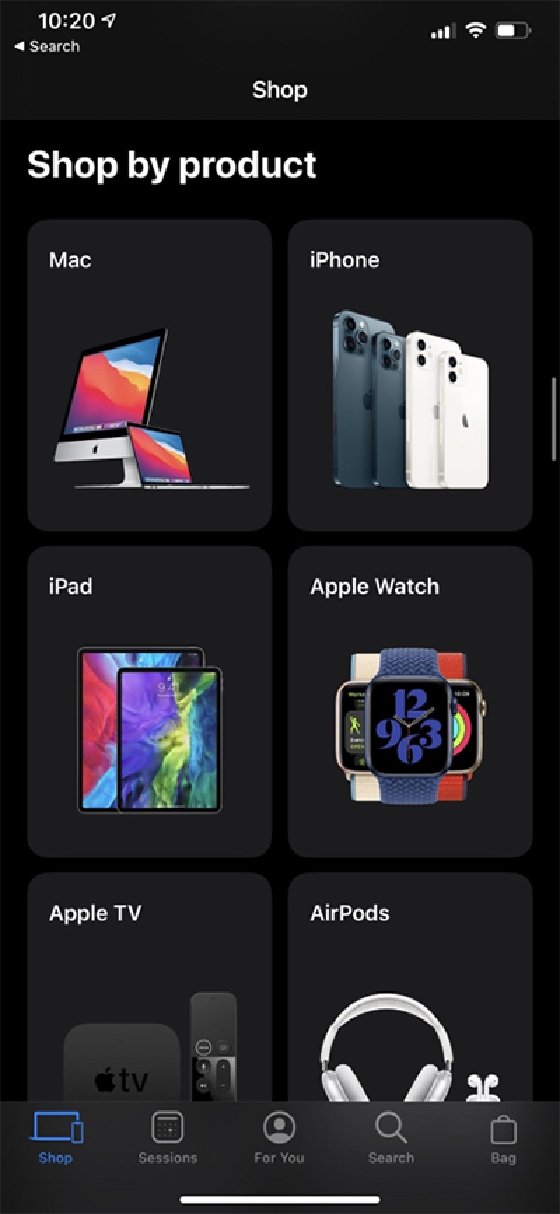
Key takeaways from Apple are the following:
- Companies that use a consistent brand message and style across all customer interaction touchpoints can improve CX.
- Businesses that offer retail experiences where people can learn about the products can help customers better understand products and relieve the stress of buying something immediately.
- Companies that use brick and mortar stores to provide consistent CX and engagement within the brand can create more loyalty.
4. The Home Depot
The Home Depot has made significant investments in digital customer experiences. This company has relied on in-store expertise and selection in the past, so it doubled down on its investment to integrate brick and mortar stores with digital commerce.
The Home Depot recognized it needed to be where customers were: on phones and computers. The Home Depot e-commerce experience is built on its knowledge base of various user-generated and Home Depot published DIY articles and tools customers can use to complete their DIY projects. The Home Depot blog posts on its website created an outlet to showcase the projects that someone could do independently at home. This DIY approach can increase revenue, as customers purchase tools or products to complete DIY projects.
The Home Depot's email marketing also tailors and offers content directly to customers based on their purchase histories, as well as browsing patterns on the website and mobile application. On these digital channels, customers can plan projects, seek expert advice and purchase products.
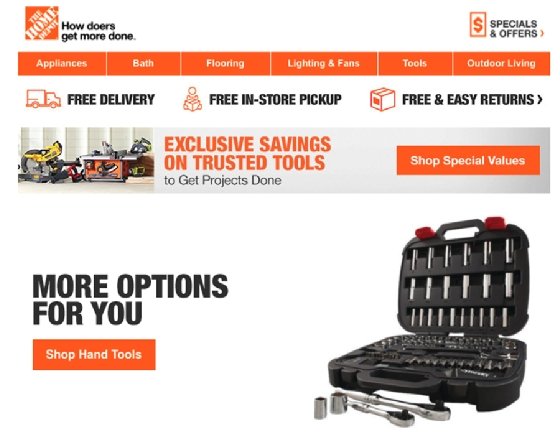
Key takeaways from The Home Depot are the following:
- The DIY customer may feel less overwhelmed during the research and planning process if the company offers ideas, instructions and expert advice in easily accessible channels.
- Customer satisfaction can increase if businesses adapt and offer services such as in-store and curbside pickup during difficult times, such as the COVID-19 pandemic.
- The creation of consistent content for training, educational and product review purposes can help with purchase decisions.
5. Under Armour
Under Armour promotes fashion and fitness in its brand messages. In addition to its multichannel marketing strategy, Under Armour offers personalized, lifestyle-based recommendations online and through a mobile shopping application.
Under Armour fosters a community within its applications and uses gamification to encourage repeat use and reengagement with customers. All of its applications also connect to one another, which offers more opportunity for the company to sell products. Under Armour's social media platforms also showcase fashion and encourage people to meet their fitness goals.
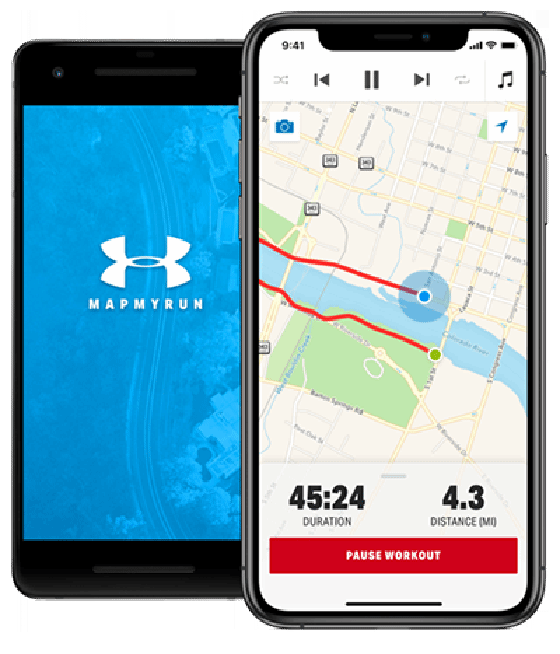
Key takeaways from Under Armour are the following:
- Personalized offers attract, engage and retain customers.
- Brand awareness and engagement opportunities can increase when businesses are open to new opportunities and products not directly related to core business.
- Companies that create a community where everyone can motivate and challenge one another encourages engagement.







